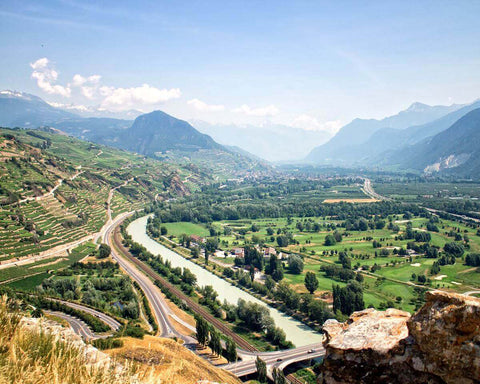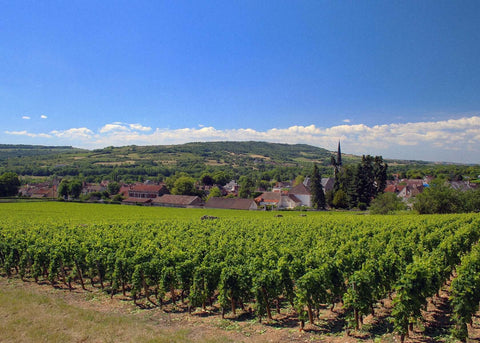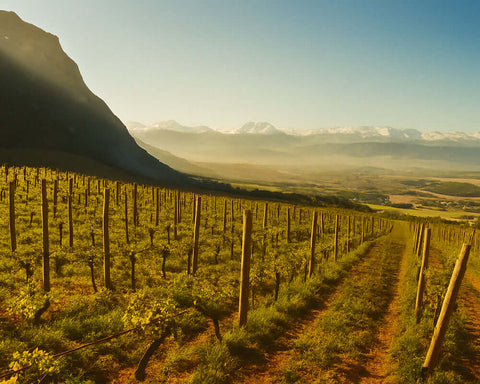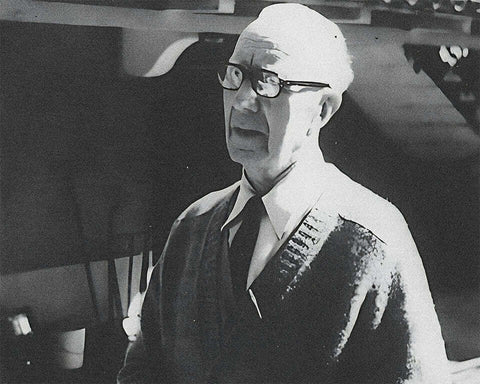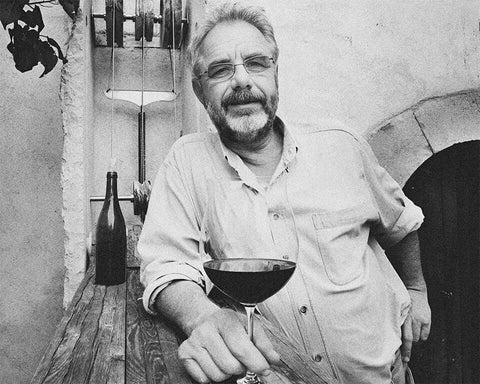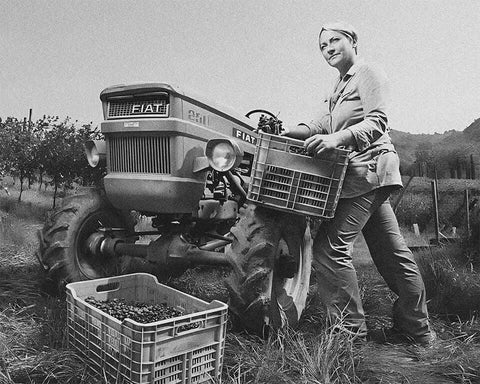Burgenland, the dynamic yet pastoral home to Austria’s great red wines, sits on a flat plain nestled between the foothills of the Austrian Alps to the west and Hungary to the East. The area, known as the Pannonian Plain, encompasses 32,200 acres (13,030 hectares) and makes up Austria’s second-largest winemaking region. Burgenland is a region that seamlessly possesses ancient winemaking practices, modern techniques, and the newer growth of minimal intervention natural winemakers.
Today, Burgenland is divided into four DAC (Austria’s wine classification system for wine geography and styles) subregions. Those regions are Mittelburgenland,Leithaberg, Eisenberg, and Neusiedlersee DAC, and are each somewhat distinct in their viticulture. Mittelburgenland is well known for red wines and a centerpiece in Blaufränkisch production. Red and white wines from Leithaberg, in the far north of Burgenland and one of the oldest winegrowing regions in the world, often exude pronounced minerality and power. Rural Eisenberg, dotted with small farms in the southeast of the region, produces Blaufränkisch with a particular tartness and tannins. Finally, Neusiedlersee DAC, centered on the banks of Lake Neusiedl, is best known for its powerfully sweet dessert wines and botrytized (noble rot) harvests.
Terroir and Climate
The region of Burgenland was formed out of the Styrian and Pannonian Basins. As a result, a variety of soils can be found throughout the area, including coarsely grained sandy gravels (which make up more than 60% of the region), sedimentary deposits that range from silt to clay, in addition to limestone and schist.
The region has a hot continental climate — known as the Pannonian climate — which is best suited for red wine production. The dry, warm air from Hungary converges with the Alpine, cooler air from the West and the North. This hot climate enables a prolonged growing season, which is instrumental in helping the grapes retain acidity until harvest time. In the Neusiedlersee area of the region, the lingering humidity and small bodies of water scattered across the landscape also help extend the growing season and can produce ideal conditions for Botrytis (Noble Rot) wines.
The White Wines of Burgenland
Although high-quality red wines are most prominent, surprisingly, white wines are equally cultivated in Burgenland. A plethora of white grapes, including Gruner Veltliner and Welchsriesling (a common central European grape unrelated to riesling), are both found throughout the Burgenland region. Due to the hot and dry climate, the white wines tend to show more ripeness and body in comparison to cooler Austrian regions.
Sweet white wines made from a variety of grapes near Lake Neusiedl have achieved international recognition for their concentration and exquisite profile. These renowned dessert wines include the Austrian versions of Beerenauslese, Trockenbeerenauslese, and Eiswines. One such botrytized wine, Ruster Ausbruch, from the town of Rust, exists in its own, unique classification of sweet wine, only in Austria. In addition, the small, brackish lakes throughout the region, known as “Zicklacken”, also promote the growth of Botrytis cinerea (noble rot) during the Autumn season.
The Red Wines of Burgenland
Blaufränkisch: arguably the flag-bearer for great Austrian red wines and is primarily cultivated in Burgenland. Wines made from this late-ripening and dark-skinned grape are noticeably tannic and often spicy. They also often have intense tasting notes of blackberry and dark current with a tinge of minerality. Blaufränkisch is a distinctive grape with considerable aging potential, and its medium-high acid and tannins levels make it food-friendly.
Zweigelt: the famous cross between its parent grapes Blaufränkisch and St. Laurent, also finds a prosperous home across many parts of Burgenland. The grape produces wines that are fruity, tart, and bright, with pronounced notes of spiced cherry and raspberry.
St. Laurent:an offspring of the Pinot Noir grape, is found in smaller quantities in northern Burgenland and produces fruit and crisper red wines, often with a distinct note of Morello cherry and softer tannins.
Food and Cuisine of Burgenland
Due to its longstanding geographical and historical ties to Hungary, Burgenland’s cuisine shows a strong resemblance to its neighbor; the widespread use of paprika in dishes is one such reminder. Austrians will often tell you that Burgenland’s dishes are usually spicier in contrast to other regional cuisines.
Specific dishes like goulash and sausages are ubiquitous in Burgenland, as chefs there have strived to incorporate the bounty of local meats, produce and fish (from lake Neusiedl) into its contemporary cuisine. Fish, chicken, and pork are staple proteins in Burgenland’s food; potatoes prepared in a variety of styles are an omnipresent side dish.

